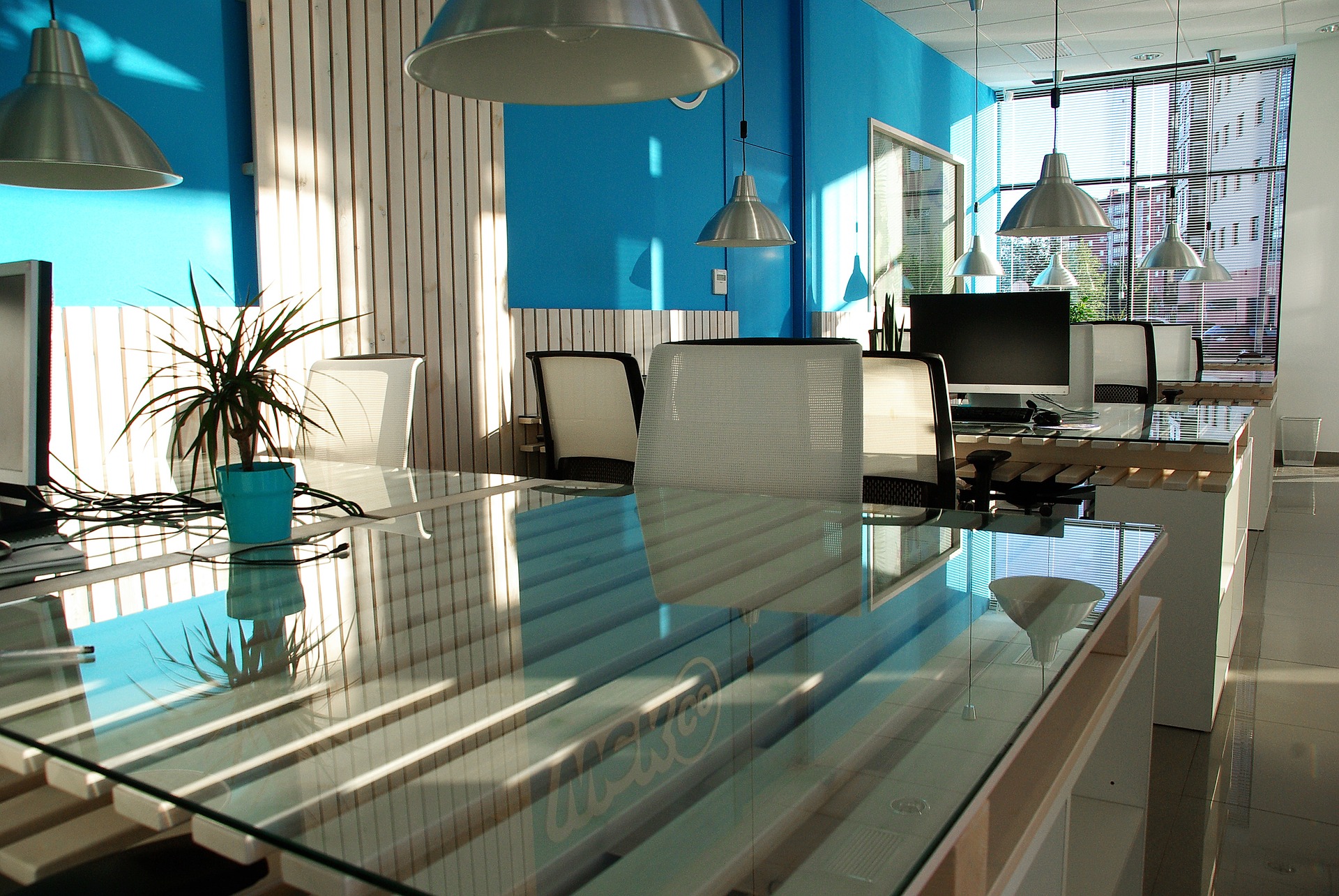3D technology heralds a revolution in the building industry: Buildings which today are still constructed through hard physical graft will simply be printed out in future. The expensive life project of having one’s own home will become a weekend project, layer by layer. Ambitious construction projects from China, such as the first earthquake-safe villa from the 3D printer, have been gleaning admiration from the architecture scene for some years already. They already provide insights into tomorrow’s architecture. Concrete, cement, metal and plastic are primarily used as materials. Soon natural materials such as wood will also be used.

© pixabay - CC 0, https://pixabay.com/de/schacht-3d-modell-textur-1743170; chamber 3D model
3D process with wood for sustainable building
A lot of research and development investment is still required in order for natural materials such as wood to acquire sufficient stability in the 3D process in order to bear heavy loads. If science succeeds in combining the positive properties of wood and use of 3D technology there is a lot of potential for the building industry. Individualization and design freedom, convenient reproducibility, cost efficiency and eco-friendliness are convincing arguments in favour of 3D technology. Also the sparing use of resources in manufacturing processes is possible with the innovative, precise and fast procedure since only the quantity of material is used which is required. The natural material wood provides excellent insulation and is consequently particularly energy efficient. The renewable raw material with its long life span and flexibility is of interest for sustainable building projects in particular.
More information concerning the topic "building with wood": how to built a roof construction out of wood, with a spread of over 85 meters, which hasn't been built yet?
“Laywoo D3” – a wood filament from the 3D printer
Research with wood in the 3D printing process focuses in particular on interior design, furniture and construction components. First promising projects already exist: engineer Kai Parthy developed the wood filament “Laywoo-D3”. It contains recycled wood content of 15 to 40 percent weight. Optically, the filament is hardly distinguishable from real wood. The characteristic smell is also apparent. It can be printed at a temperature between 175 and 250 degrees. The temperature determines the colouring - the greater the heat exposure during the printing process, the darker the result. This means the annual rings can be imitated, amongst other things. Despite the promising start further intensive research is needed until it will be possible to print wood in its pure form. Amongst others, The Institute of Wood Technology Dresden (IHD) is dedicated to this particular task. Future projects focus on the development of wood particles, which can be used in a composite polymer and contain up to 90 percent wood content.
Carbon: “High Performance, Low Weight”
Besides wood, carbon is a promising material which is becoming increasingly important in combination with 3D technology for the building industry. Scientists at the University of Augsburg recently developed an injector process that conserves resources in order to integrate carbon short fibres into cement building materials. Straightforward concrete is thus evolving into high-performance structural biomaterial which demonstrates great stability. Carbon fibres withstand extreme loads and are 80 percent lighter compared with steel. To ensure that the innovative building material known as “FIBRACRETE" will be a viable option in the profession, the Augsburg scientists are currently researching a method of transferring the injector process to dimensions of building components. Here too, 3D technology is applied. For the new Augsburg research building “Materials Resource Management” (MRM) this is how the foundation stone in FIBRACRETE was laid which is also from the 3D printer.
The digital revolution shapes the future of architecture
The expensive technology is not yet ready for large-scale use but projects such as the villa referred to at the beginning from the 3D printer show how great the future potential is. There are no limits to the architectural field of experimentation: the Emirate of Dubai in cooperation with Convrgnt Value Engineering is planning a further architectural world first: a laboratory from the 3D printer. It is set to feature an electronic, prototype, software and mechanical engineering laboratory and research development of efficient solar panels using drones. The first office building from the 3D printer is already in the desert metropolis and was erected in 17 days. One thing is certain: the digital revolution is making even greater inroads into the building industry and will transform the architecture of tomorrow.





